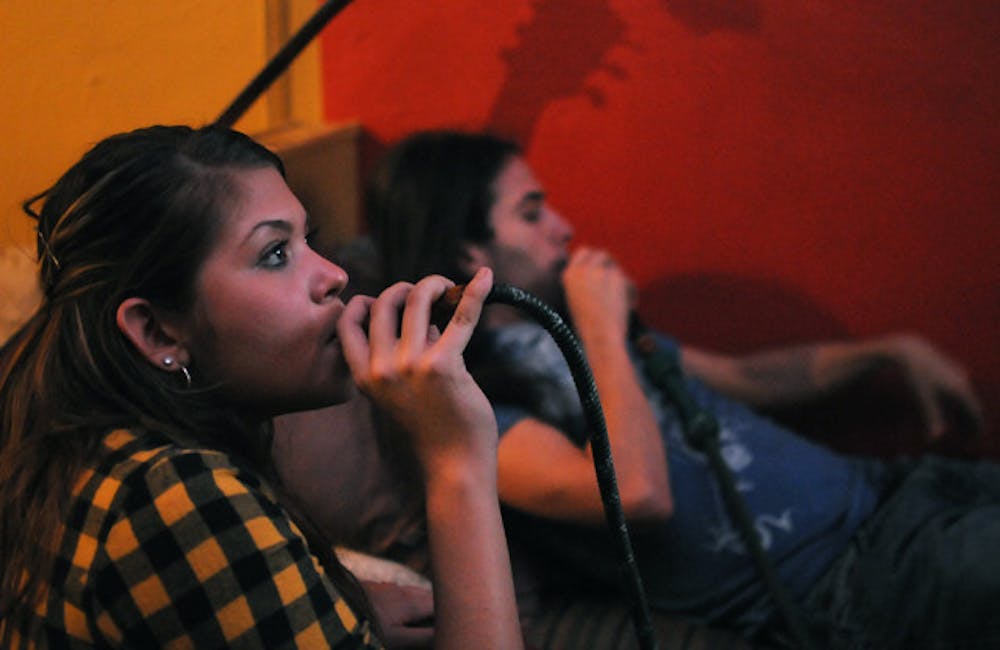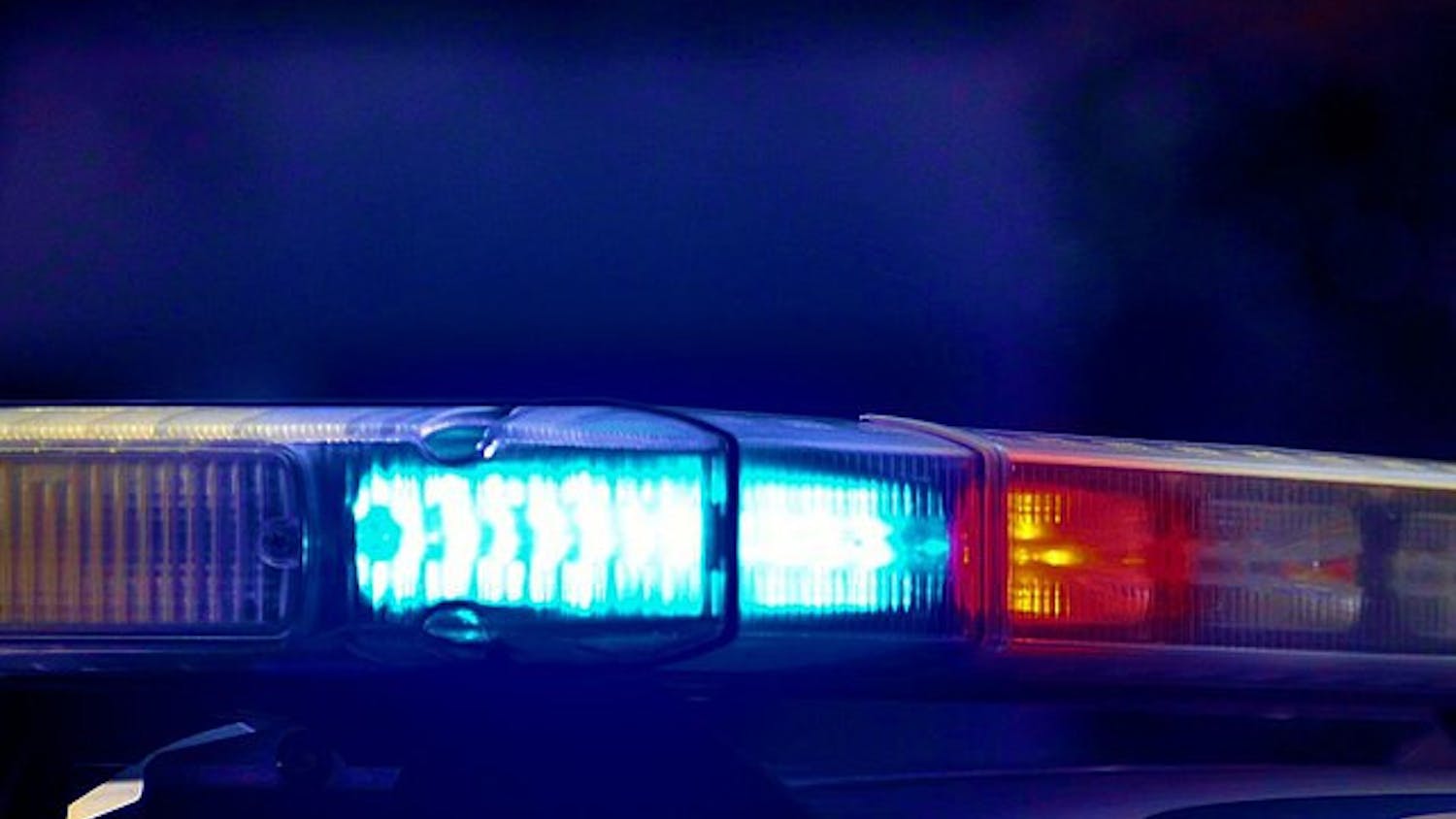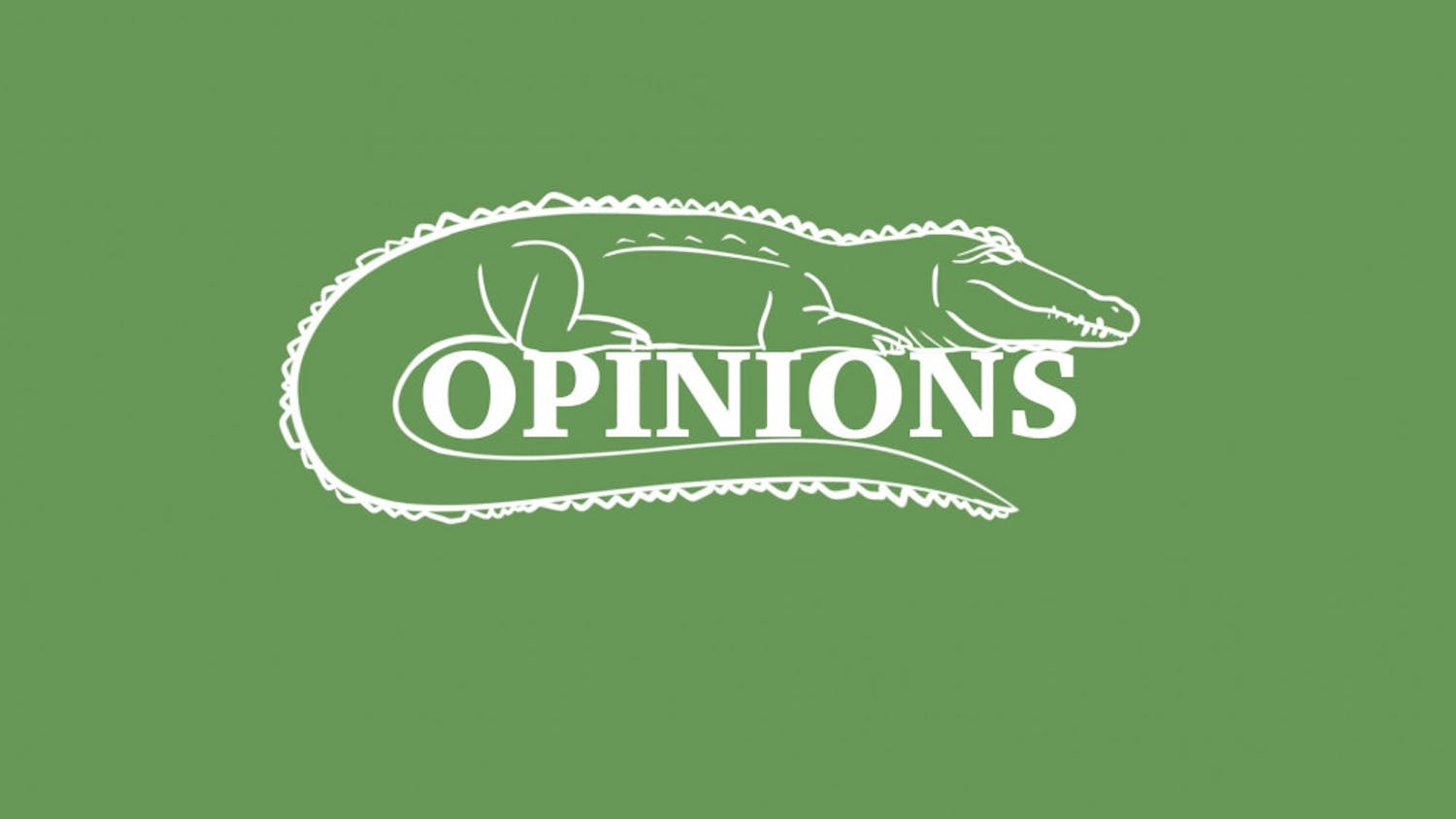Danielle Lee won’t touch a cigarette, but she’ll pass a hookah pipe around a circle of friends any day.
And, according to a recent UF study, an increasing number of middle school- and high school-aged children share Lee’s fondness for the alternative form of tobacco.
The study, presented on Nov. 9 at the American Public Health Association’s annual meeting in Philadelphia, found that 11 percent of Florida high school students and 4 percent of Florida middle school students had smoked hookah at least once.
Hookah burns charcoal and tobacco. Air is first drawn through the tobacco and then into the pipe, where it passes through water, which leads many smokers to believe hookah smoking is safer than cigarette or cigar smoking.
Maureen Miller, alcohol and other drug prevention specialist with UF’s GatorWell Health Promotion Services, was quick to point out hookah’s potentially dangerous effects.
“This isn’t harmless,” Miller said of hookah. “There certainly are some serious health concerns here.”
The World Health Organization reported a typical 20- to 80-minute hookah session is the equivalent of smoking about 100 cigarettes and can deliver 11 times more carbon monoxide than a cigarette.
The study shows an increase in hookah usage among members of the same age bracket from a 2005 University of Pittsburgh study that found 10 percent of high school students and 2 percent of middle school students surveyed had smoked hookah at least once.
But the trend doesn’t stop at middle and high school students. In a two-block radius between West 10th Street and West 12th Street on West University Avenue, there are at least five restaurants or lounges that offer the alternative form and often flavored tobacco, presumably for the college-aged audience in proximity to UF.
“I’m totally against smoking cigarettes, but I’ll smoke hookah all day long,” Lee, 20, said as she blew a plume of smoke from the watermelon-flavored tobacco from her hookah pipe inside Farah’s on the Avenue on a rainy Tuesday afternoon. “It’s very acceptable. Smoking hookah is far more acceptable than smoking a cigarette.”
According to Miller, Lee’s view is common.
“When people smoke cigarettes, they feel like they have to hide it,” Miller said. “Hookah smoking is not the same.”
Jade Shue, a manager at Farah’s on the Avenue whose favorite flavor of hookah is lemon-mint, has also noticed an increased trend in college-aged students smoking hookah.
“Between [2005] and now, it has just skyrocketed,” she said.
Shue also noted the popularity with hookah smoking might be centered around the fact that hookah smoking is allowed in most restaurants where other forms of tobacco are not.
But not all people have noticed the same trend in hookah smoking.
Lawson Brown, assistant principal of Lincoln Middle School, said he doesn’t think the students at his school fit the profile of the 4 percent of middle school-aged children who had smoked hookah at least once, though he couldn’t be sure.
“Knock on wood, I feel pretty fortunate that [hookah smoking] is not an aspect of our discipline or school culture,” he said.
Anne Shaughnessy, assistant principal for curriculum at Gainesville High School, echoed Brown’s comments.
“I haven’t seen anything that would cause alarm for me,” she said. “I’m not aware of any trend. I hope I’m not wrong.”
Both school administrators mentioned their respective school’s focus on alcohol and tobacco use prevention measures as a reason for the apparent low instance of hookah use.
“We try to inundate our kids with positive messages about health and about positive social interactions,” Lawson said.
Although Miller acknowledged the cultural and social perception of hookah smoking as less harmful than cigarettes, she offered a suggestion to all hookah-smoking students of any age.
“It’s not a harmless activity,” she said. “There are other activities you can do to relax with your friends other than hookah smoking.”






